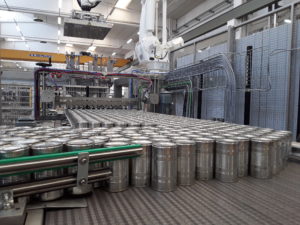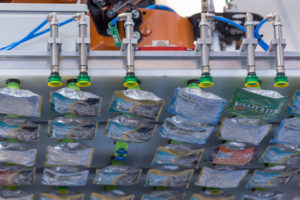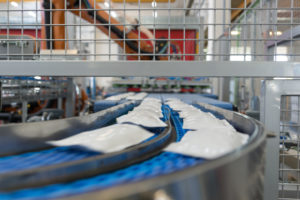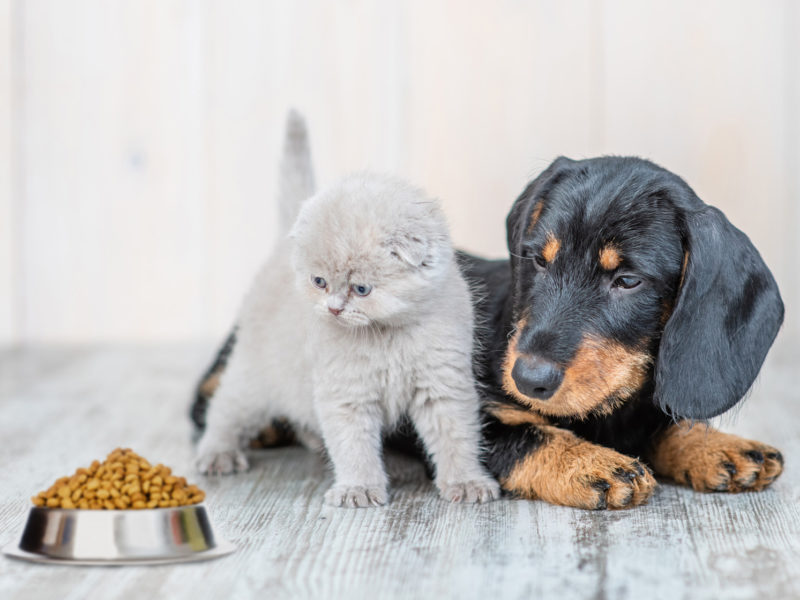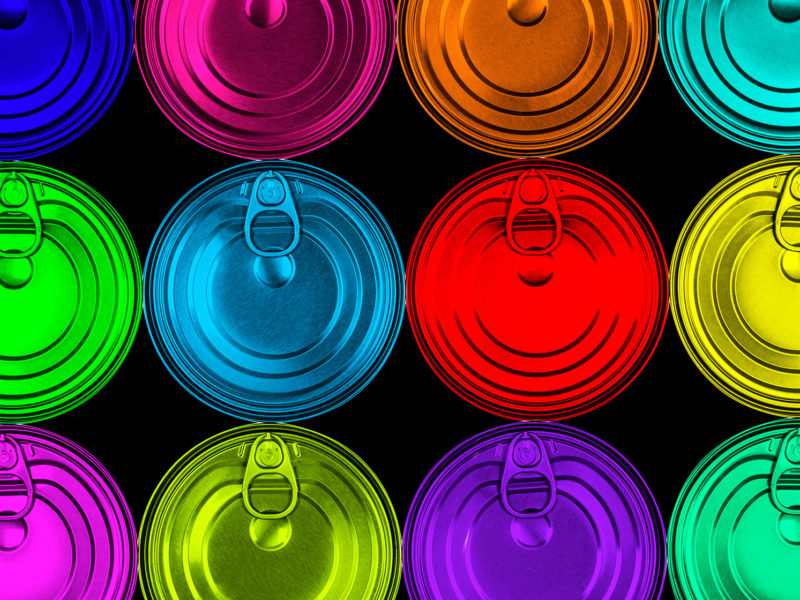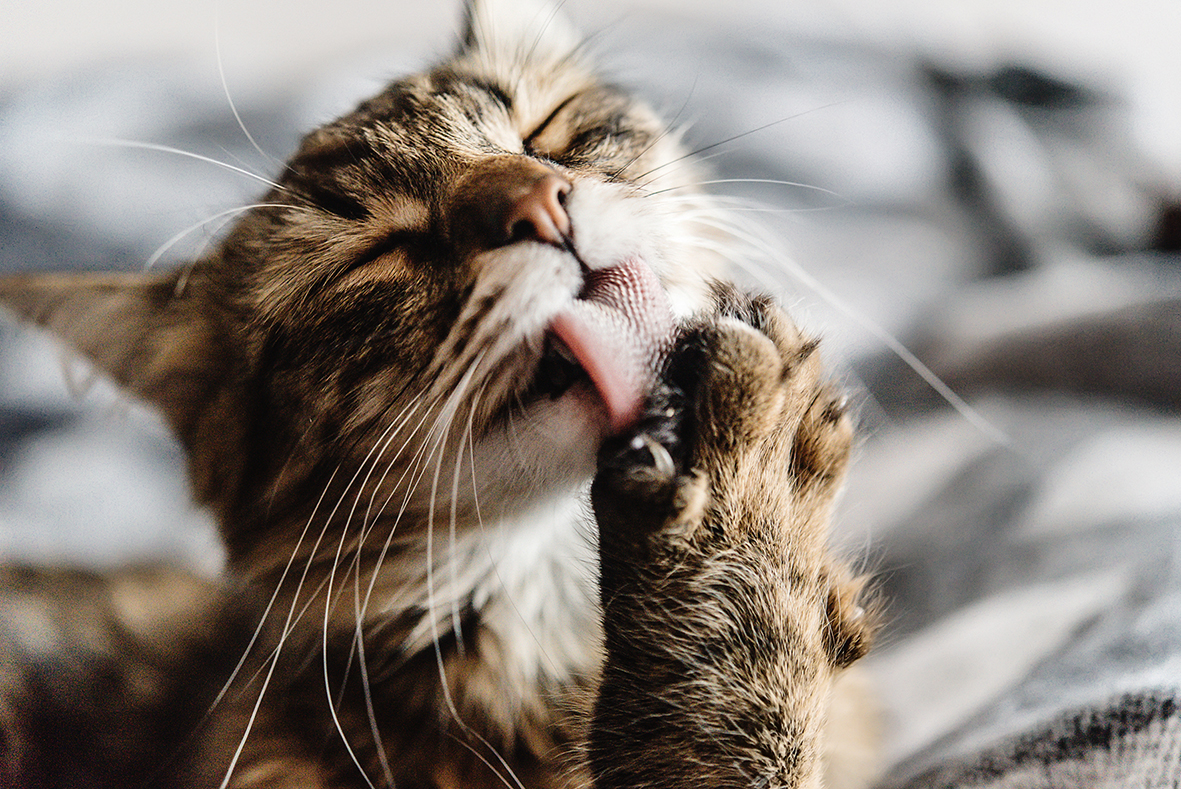
Pet Food: animals humanization at the center of the future
Market vision of Pet Food
Pet Food is a specialty food for domesticated animals (dogs, cats, birds, etc.) that is formulated according to their nutritional needs. It generally consists of meat by-products, cereals, grain, vitamins, etc.
Every year, people welcome more and more dogs, cats, and other animals to become an integral part of their family. This results in an increasing demand for pet food products.
“The global Pet Food Market is growing at a higher pace owing to the increasing number of pet adoptions all around the world.”
“The rising trend of adoptionof dogs as companions for families is projected to propel the product demand.”

The Covid-19 pandemic had a negative impact also on the pet food industry, as there were supply chain disruptions caused by a shortage of raw materials and workers, and restrictions on transport.
You might be thinking that pet food, like every industry, also suffered because of the pandemic, but here are some stats. The lockdown made people realise that they needed a pet in the form of a companion to play with and avoid loneliness during these tough times. This implied an increase in demand for pet food products, and even though there was the pandemic, the year 2020 saw an increase in sales of pet food products.
The sales of pet food products increased in Italy during the pandemic, and indeed the sales value of these products grew by 11.2 % in the week from March 23 to 29.
The Pet Food market is expected to reach US $ 168.3 billion by 2029, at a CAGR of ~ 6%, according to a report by Transparency Market Research (TMR).
Also, the pet food industry has been impacted by E-commerce. During Covid-19, people couldn’t buy food for their pets locally due to store closures, so they started buying online. “Nearly two-thirds of U.S. pet owners (64%) have been ordering online more in 2020.”
Pet Food humanization
Most of the pet owners in the world consider their pets to be part of the family and treat them as their own children.
Pets are no longer sleeping outside freezing in winter or boiling in summer, they are now sleeping on the couch or on the bed right next to the owners.
Recently, pet owners have been demanding more than simply high quality food, they expect pet food to be more “humanized”.

But what does that mean?
It means “they desire and thus demand pet food options that address the same health concerns currently influencing human food production, such as artificial preservatives and genetically modified ingredients – and they’re serious about these preferences.”
Over the past few years people are more concerned about their health and tend to have a healthy lifestyle, and in the same way they spend a lot to give healthy food to their pets too.
In recent years, pet parents have started demanding more natural products for their buddies,and companies have tried to come up with organic products, which may contain wheat, grain, soy, etc. They are also interested in knowing the quality of the ingredients in order to give their pets safe food without any contamination risks.
“More and more dog foods include superfoods, or hero ingredients, in their composition”, but some factors indicate that the superfood trend might be replaced by human grade meat or fish in pet food products.
Since more pet owners consider their pets as part of the family, we can see an increasing demand for pet food to meet the sustainability, health, and wellness standards.
“It seems that human tastes and demands will dictate the future of pet food. Many owners nowadays perceive their pet’s food the same way as their own. If pet food companies want to maintain their image, they will have to follow the same trends as the ones that drive human nutrition.”
Multiflavour package for cans or pouches: what’s easier?
Multiflavour package for cans or pouches: what’s easier?
In order to answer this question, we need to analyse the following aspects:
- Capital Investment
- Space needed
- Automation required
- Labour required
- Comparative efficiency
1. In terms of capital investment, a multiflavour package for cans is 30% more expensive than a multiflavour package for pouches.
The reason is that product conveyors for cans are larger in size to allow accumulation between different machines that must guarantee the continuity of production in case of short stops, whereas conveyors for pouches are almost non-existent. Moreover, for cans there is one labelling machine for each flavour, while pouches do not need any because they already have the image that represents the flavour.
2. The space needed for cans is 40% larger than that required for pouches.
We also have to consider that multiflavour packaging for cans always requires a period of quarantine before the final packaging, whereas for pouches the multiflavour packaging is performed directly on the line.
3. Generally, the automation required is similar in both cases, but I would say that for cans it’s simpler and with higher efficiencies than for pouches
In fact, thanks to the high speed, we can have 1200-1600 cans per minute on a single line also in the multiflavour packaging, while for pouches the speed capacity is less than half.
Furthermore, the automation in the world of multiflavour package for cans is evolving, making it possible to handle multiple products with different labels even in labelling machines, thus reducing the complexity of the line.
4. The multiflavour packaging for cans requires more labour, as labelling machines and packers require more operators than the multiflavour packaging for pouches.
There are multiflavour lines for pouches with 4 flavours and 480 pouches per minute where there is only 1 worker required, whereas for cans “at least” 2 workers are required.
5. The efficiencies of the multiflavour for pouches lines are quite high, around 95%, since the machines follow each other in a harmonious way.
In the cans sector, the efficiencies are lower because the machines work in a more individual way, and they are connected only through conveyors with accumulation foreseen. If the downstream machine stops, the rest of the line upstream continues to work without stopping,filling up the empty conveyor surface. At the restart of the downstream machine, there will be an acceleration of production that will recover the accumulation created upstream from the machine itself.
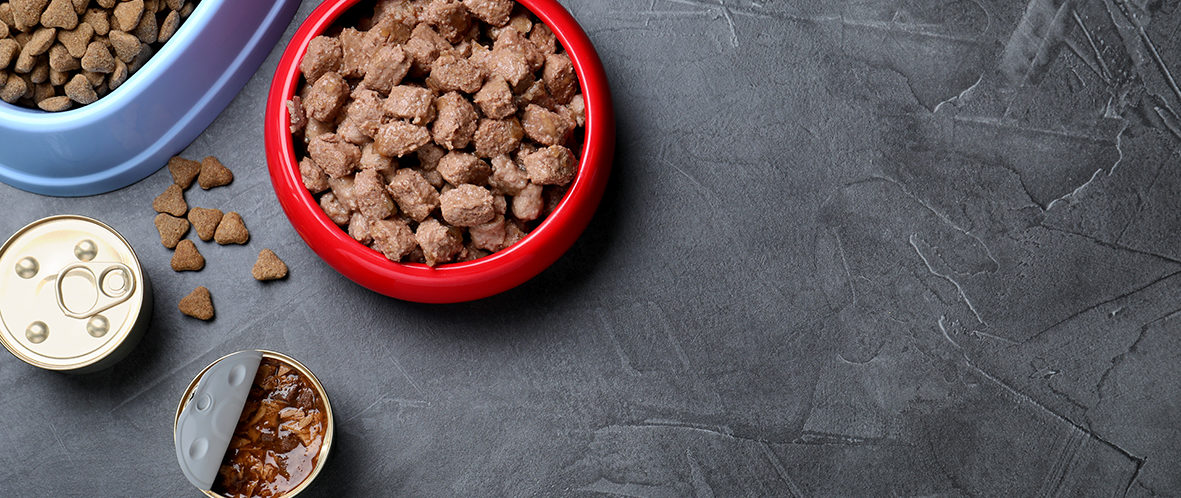
Clevertech Pet Food solutions
Due to the Coronavirus, many businesses were affected negatively and they needed to rise again. During this tough time, some companies realized that they needed to invest more in the automation process, as it might be a key element to fight the Covid recession. What are the solutions proposed by Clevertech for the Pet Food Industry?
- Solution n. 1 – For Cans
Clevertech Integrated Engineering is a single supplier holistic design that includes all production handling steps of the Canned Pet Food packaging line, from Empty Cans Depalletiser, Filled Cans Loader-Unloader to Palletiser-Depalletiser for bulk product, andup to Palletiser for secondary packaging with pallet stretch wrapper and pallet stacker.
It uses 3 types of heads: the head equipped with permanent magnet that helps product picking without pressure on the can layers to prevent curling damage; the head equipped with a vacuum system; the sweep-off gantry or robotic head.
Over the last 2 years, our company has delivered several solutions to many Groups in the Pet Food Industry.
Clevertech also delivered 3 complete End of line solutions with palletisation and pallet stretch wrapping for the Pet Food sector made for E-COMMERCE ready products.
For E-commerce, it uses 3 types of packaging: the Side corner post and film stretch wrapping; the Corner post application; the friendly package.
- Solution n. 2 – For pouches
The Clevertech Integrated Engineering solution is also available for pouches and includes all the steps from Loading and Unloading of trays treated in Retorts up to Palletiser for secondary packaging with pallet stretch wrapper and pallet stacker.
Over the last 3 years, our company has delivered several solutions for single flavour and multiflavour pouch lines, with specific innovation that cut the production process to filling-treatment and direct secondary-tertiary packaging, saving costs, time and space normally required by product quarantine, which has been eliminated from the production process of pouches.
Conclusions
Pet Food sales have been increasing in recent years and the market is expected to have a 6% CAGR by 2029.
Nowadays pet owners see their pets as family members, and they demand pet food to be healthier and more sustainable.
The multiflavour package for cans requires a larger space, a simple and high efficiency automation system and more labour on labelling machines and packers, whereas the multiflavour package for pouches is less expensive and highly efficient.
As always, Clevertech has solutions for every need. In this case the company created the Clevertech Integrated Engineering system for the Multiflavour packaging for Cans and Pouches.
WEBSITE
- https://www.transparencymarketresearch.com/pet-food-market.html


